A friend of mine has just started riding a bike around Christchurch. She is a very tentative cyclist but I'm so proud of her for getting on her new bike and giving it a go. So far her forays along bike paths have been positive ones and I hope she comes to love cycling as much as I do.
I thought this would be a great opportunity to share what I know about cycle commuting in Christchurch with her, but also with other wannabe cyclists who are thinking about trying to rack up some kilometres this month in the friendly competition that is the Aotearoa Bike Challenge. (Registering on the website is quick and easy and if you download one of the recommended apps to your phone it'll record your cycle journeys automagically! Also there are prizes!)
Tips for newbie Christchurch cyclists
If you've never done it before, riding a bike can be a bit intimidating but the more you do it, and the more you learn, the more confident you'll be. Here are some things it might help you to know:
-
Cyclists are friendly folk - We love encouraging new cyclists and there are numerous clubs and groups that would love nothing better than to encourage you towards freewheeling greatness. Try:
- Frocks on bikes (for those that like to cycle in a leisurely fashion, usually in a frock. Frocks on bikes organises regular group rides, often around popular events)
- Rainbow Riders (LGBT cycling group)
- Spokes Canterbury (Local cycling advocates)
- Other cycling groups in Canterbury (from our CINCH database)
- Plan your route - If you're nervous about busy roads and intersections plan your route so you can avoid them. And if you feel like a particular intersection or bit of road is dicey, there's no shame in pulling over and being a pedestrian for a bit. I do it all the time!
- Cycle lane etiquette - If you're a slowpoke like me you'll want to keep to the left of a cycle lane so it's easier for faster cyclists to overtake you on the right. If you're speedy calling out a cheery "coming up/overtaking on your right" as you approach is helpful for avoiding any collisions. A bell is a useful piece of kit for cyclists of all speeds as it's great for getting the attention of pedestrians on shared pathways (or those who absentmindedly wander into a cycle lane). To me a bell always sounds more friendly than "OI!".
- Do wear a helmet - Because them's the rules. And if you're in an accident you'll appreciate not being concussed (I speak from experience). And yes, it's still the rules if you're cycling on the footpath (but don't cycle on the footpath unless it's designated a shared pathway). Correct deployment of your helmet is firmly strapped on your head... not dangling off your handlebars.
- Do wear whatever else you want though - There is no cycling uniform and I have successfully biked in everything from heels to jelly shoes (and even a veil once - it was Halloween). Short or floaty skirts can be problematic (especially when windy) but a snug pair of shorts underneath or the coin and a rubber band trick (or a peg) can successfully keep things "under wraps".
Things to know about cycling infrastructure
There are a lot of cycling initiatives and changes to infrastructure happening in Christchurch and some of these can be a bit confusing or mysterious if you've never come across them before. Here's what you need to know:
- Sharrows - If you've seen road markings that incorporate a bicycle icon and a chevron shape then you've seen a "sharrow" (share arrow). These are used on slow or quiet streets and indicate that cyclists should bike towards the middle of the road. But do move across to the left if a motorist wants to come through.
- How to make lights go - You may notice at or on the approach to an intersection a section of road that looks like the surface has been sliced into, often in the form of a box or rectangle. Underneath the road surface is a sensor that can detect bicycles and in some instances this may be the only way to trigger the lights. If you feel like you've been waiting an age for the lights to change, look down or around you. You may be a little too far ahead, behind or to the side to be registering as a cyclist.
- Extra lights just for you - In the central city there are now some intersections that operate on a different system to work in with the new separated cycle lanes. Instead of following what the main traffic lights indicate, you'll need to pay attention to the special lights just for cyclists (you'll know they're for you because they'll have a bike symbol). Keep your eyes out for these at spots like the Tuam/Colombo intersection, and by the bus exit of the Bus Interchange.
- Hook turn boxes - A hook turn is a handy option at really busy intersections where making a right hand turn in heavy traffic might not be the safest option. If you see a painted box featuring a hooked arrow and a bicycle icon at an intersection this is a good place for cyclists to perform a "hook turn" (although hook turns are allowed at most intersections). A hook turn is when you take a two step approach to a right turn. Staying to the left, a cyclist can go with traffic through a green light then stop in the hook turn box, and then go with traffic through a second green light (or even ahead of it if the road is clear), effectively making a right hand turn in two stages. The NZTA has official instructions on performing hook turns (with pictures) that explain this really well.
Where to go for more information
- CCC info on using cycle lanes
- Aotearoa Bike Challenge - CCC Newsline
- Cycling Christchurch (regular people riding bicycles)
- Christchurch cycling map
Library resources for beginner cyclists

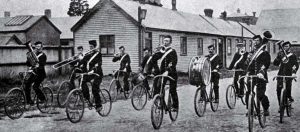
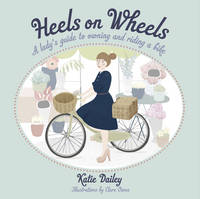
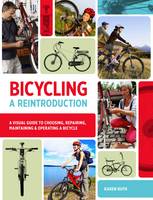
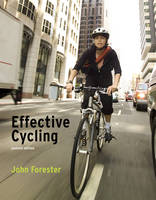
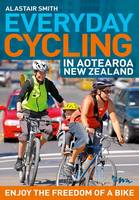
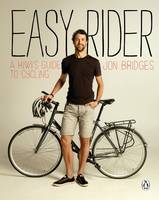

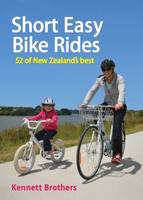
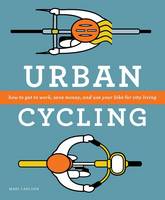

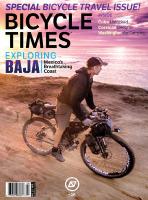


Add a comment to: Cycling for beginners